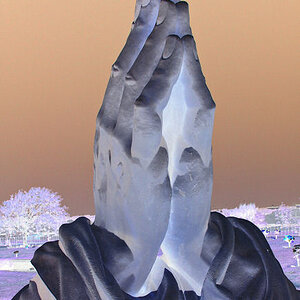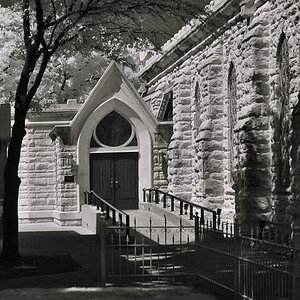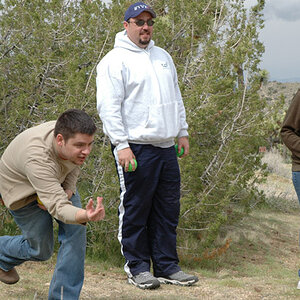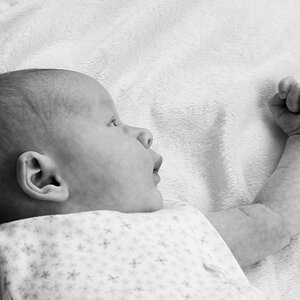jamespetts
TPF Noob!
I am not sure whether this ought to be in the "digital" forum, the "film" forum, or a new forum for both, so apologies if this hard to categorise message is in the wrong place.
I have been into photography as a serious hobby for about ten years, using old secondhand manual focus 35mm SLRs (including one from about 1964(!) that I am about to send off to have repaired), and have in that time accumulated a bag full of equipment, including two camera bodies, seven lenses, two flashguns and two hand-held lightmeters, and a separate bag containing a tripod, all of which I have customarily carried whenever I go out taking photographs (in case I see an opportunity for a photograph that I can only take with some equipment left at home...). Needless to say, carrying all of that is something of a strain (when I go away, I often have suitcases lighter), and can make it difficult to get around all the places that I want when I am taking photographs.
Recently, I went on a brief trip to the Isle of Man, and, not designating the holiday as a specifically photographic holiday, decided not to take the full kit. However, I did not want to come back from my holiday without any photographs at all, and came to the realisation that perhaps buying a good digital compact camera might be the answer not only to that, but also to situations in which the convenience and efficiency of digital imaging were important considerations. So, I bought the Canon PowerShot A630, and have so far been very happy with it (I am still getting used to managing noise levels - although noise at any given ISO rating is not much greater than film grain, digital noise looks worse than the equivalent amount of film grain largely because it is both colour and tonal noise, wheras film grain is usually only tonal noise). After the first full day of taking photographs, I realised that the thing that I missed most about my 35mm eqipment was the tripod, so I bought a mini-tripod that could fit in my coat pocket, and very much enjoyed being able to take good photographs without having to carry a heavy bag, but instead a camera and tripod that can fit into my coat pockets, leaving me entirely free-handed to walk around and enjoy the scenery.
I do not plan on getting rid of my 35mm equipment, however: I understand that there are numerous advantages to full-size 35mm negatives/transparancies over small sensors like that in the A630, and I certainly cannot afford a full-frame sensor digital camera; plus the fact, I rather enjoy projecting slides, and have a certain fascination with using old cameras to produce good pictures, although I like the latest technology as well. I also understand that chemical film still has some advantages over digital sensors, particularly with long exposures, and I am very fond of taking photogaphs at dusk or indoors without a flash and using long-exposures and a tripod.
So, I have resolved effectively to have a "light kit", consisting of the A630, a spare memory card, some spare batteries, and a tripod, all of which can fit into various coat pockets, and a "heavy kit", containing the full set of 35mm equipment plus all of the light kit (in case any sucject would benefit from a digital camera, and the mini-tripod can do some things that a full-sized tripod cannot). The idea of having a "light kit" is a rather appealing one, as it gives me an opportunity to take photographs (and good photographs: I have found the A630 a very capable camera) where I might not otherwise have done through not wanting to carry an extremely heavy pair of bags around with me. (I also have thoughts about trying to make my heavy kit less heavy by, for example, removing my old screw-fit Pentax 135mm lens, since I have a good Vivitar Series 1 70-120, and the M42-FD converter and the M42 extension rings that together I only use for very occasional macro photographs, and possibly (or possibly not - I am not sure that I take enough macro photographs to justify it) replacing them all with a single macro lens, and removing one of the flashguns, but that is a somewhat different matter).
The reason that I am posting all of this is that I should be interested in people's views and experiences on (1) the relative merits for certain sorts of photography and subjects of 35mm film and the small but generally capable digital sensor in cameras like the A630, and (2) the practice of having a good compact with one or two pocketable accessories as a "light kit" in addition to a "heavy kit" of SLR with large range of lenses and accessories. I have not ever tried to use digital cameras before for anything other than casusal snapshots, nor have I ever had to choose whether to take a "light kit" or "heavy kit" when wanting to take photographs of at least a moderately serious nature. Does anyone else here use that sort of combination (digital compact/35mm (or even medium format) film SLR) for different sorts of uses? If so, when do you take your "heavy kit"? I should be very interested in thoughts, experiences and opinions on this and related matters (and any general tips for somebody who has hitherto used 35mm film and has recently embraced digital as well).
I have been into photography as a serious hobby for about ten years, using old secondhand manual focus 35mm SLRs (including one from about 1964(!) that I am about to send off to have repaired), and have in that time accumulated a bag full of equipment, including two camera bodies, seven lenses, two flashguns and two hand-held lightmeters, and a separate bag containing a tripod, all of which I have customarily carried whenever I go out taking photographs (in case I see an opportunity for a photograph that I can only take with some equipment left at home...). Needless to say, carrying all of that is something of a strain (when I go away, I often have suitcases lighter), and can make it difficult to get around all the places that I want when I am taking photographs.
Recently, I went on a brief trip to the Isle of Man, and, not designating the holiday as a specifically photographic holiday, decided not to take the full kit. However, I did not want to come back from my holiday without any photographs at all, and came to the realisation that perhaps buying a good digital compact camera might be the answer not only to that, but also to situations in which the convenience and efficiency of digital imaging were important considerations. So, I bought the Canon PowerShot A630, and have so far been very happy with it (I am still getting used to managing noise levels - although noise at any given ISO rating is not much greater than film grain, digital noise looks worse than the equivalent amount of film grain largely because it is both colour and tonal noise, wheras film grain is usually only tonal noise). After the first full day of taking photographs, I realised that the thing that I missed most about my 35mm eqipment was the tripod, so I bought a mini-tripod that could fit in my coat pocket, and very much enjoyed being able to take good photographs without having to carry a heavy bag, but instead a camera and tripod that can fit into my coat pockets, leaving me entirely free-handed to walk around and enjoy the scenery.
I do not plan on getting rid of my 35mm equipment, however: I understand that there are numerous advantages to full-size 35mm negatives/transparancies over small sensors like that in the A630, and I certainly cannot afford a full-frame sensor digital camera; plus the fact, I rather enjoy projecting slides, and have a certain fascination with using old cameras to produce good pictures, although I like the latest technology as well. I also understand that chemical film still has some advantages over digital sensors, particularly with long exposures, and I am very fond of taking photogaphs at dusk or indoors without a flash and using long-exposures and a tripod.
So, I have resolved effectively to have a "light kit", consisting of the A630, a spare memory card, some spare batteries, and a tripod, all of which can fit into various coat pockets, and a "heavy kit", containing the full set of 35mm equipment plus all of the light kit (in case any sucject would benefit from a digital camera, and the mini-tripod can do some things that a full-sized tripod cannot). The idea of having a "light kit" is a rather appealing one, as it gives me an opportunity to take photographs (and good photographs: I have found the A630 a very capable camera) where I might not otherwise have done through not wanting to carry an extremely heavy pair of bags around with me. (I also have thoughts about trying to make my heavy kit less heavy by, for example, removing my old screw-fit Pentax 135mm lens, since I have a good Vivitar Series 1 70-120, and the M42-FD converter and the M42 extension rings that together I only use for very occasional macro photographs, and possibly (or possibly not - I am not sure that I take enough macro photographs to justify it) replacing them all with a single macro lens, and removing one of the flashguns, but that is a somewhat different matter).
The reason that I am posting all of this is that I should be interested in people's views and experiences on (1) the relative merits for certain sorts of photography and subjects of 35mm film and the small but generally capable digital sensor in cameras like the A630, and (2) the practice of having a good compact with one or two pocketable accessories as a "light kit" in addition to a "heavy kit" of SLR with large range of lenses and accessories. I have not ever tried to use digital cameras before for anything other than casusal snapshots, nor have I ever had to choose whether to take a "light kit" or "heavy kit" when wanting to take photographs of at least a moderately serious nature. Does anyone else here use that sort of combination (digital compact/35mm (or even medium format) film SLR) for different sorts of uses? If so, when do you take your "heavy kit"? I should be very interested in thoughts, experiences and opinions on this and related matters (and any general tips for somebody who has hitherto used 35mm film and has recently embraced digital as well).



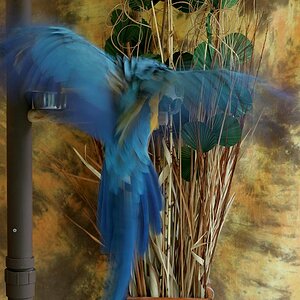

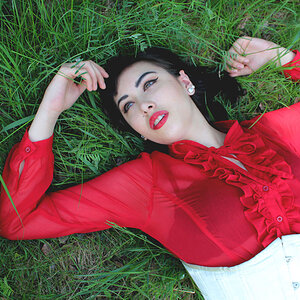
![[No title]](/data/xfmg/thumbnail/41/41797-ed370d68dae70f5b0a7252ec2d525912.jpg?1619739896)



